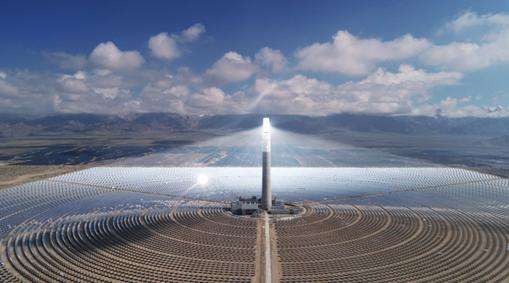When water with potential energy or kinetic energy is thrown against the turbine, the turbine begins to rotate. If we connect a generator to the turbine, the generator can start producing electricity. If we raise the water level to flush the turbine, we can see that the speed of the turbine increases. Therefore, it can be seen that the greater the water level difference, the greater the kinetic energy obtained by the turbine and the greater the electrical energy that can be converted. This is the basic principle of hydroelectric power.
The energy conversion process is as follows: the gravitational potential energy of the upstream water is converted into the kinetic energy of the water flow. As the water flow passes through the hydraulic turbine, kinetic energy is transferred to the steam. turbine. The hydraulic turbine drives the generator to rotate and converts kinetic energy into energy.ie electric. It is therefore the process of converting mechanical energy into electrical energy.
Due to the different natural conditions of hydropower plants, the capacity and speed of hydroelectric generator set vary greatly. Generally, small hydrogenerators and high-speed hydrogenerators driven by impact turbines mainly adopt horizontal structures, while large and medium-speed generators mainly adopt vertical structures (see figure). Since most hydroelectric plants are located far from cities, they usually have to power the load via long transmission lines. Therefore, the power system imposes higher requirements on the operational stability of the hydroelectric generator: the engine parameters must be carefully selected. ; The required moment of inertia is large. The appThe nature of a hydrogenerator is therefore different from that of a steam turbine generator. Its rotor has a large diameter and a short length. The hydrogenerator unit requires a short time to start and connect to the grid, and the operation schedule is flexible. In addition to general electricity generation, it is particularly suitable as a peak shaving unit and as an emergency backup unit. The maximum capacity of the hydrogenerator unit reached 700,000 kilowatts.
As for the principle of a generator, it is very clear in high school physics. Its operating principles are based on the law of electromagnetic induction and the law of electromagnetic force. Therefore, the general principle of its construction is: using suitable magnetic and conductive materials to form magnetic circuits and circuits that conduct electromagnetic induction between them to generate energyie electromagnetic and achieve the goal of energy conversion.














